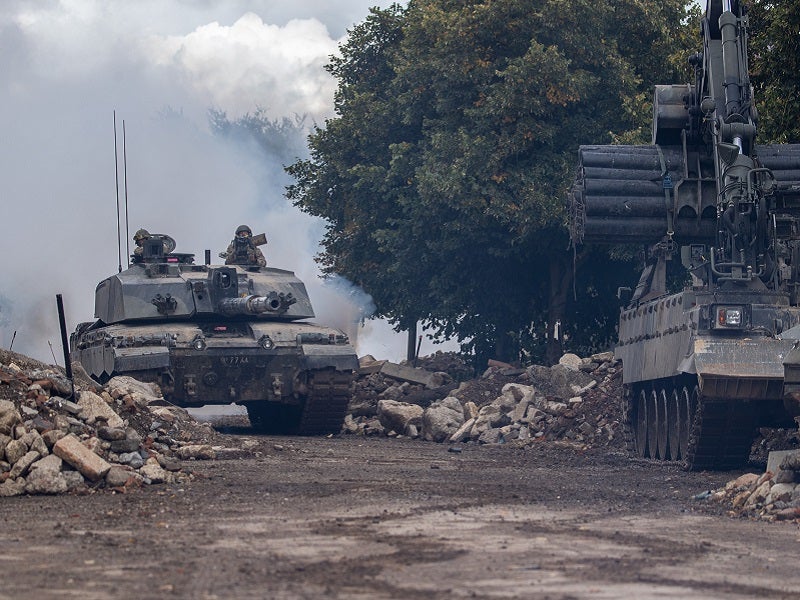
Ukraine will require additional armour capabilities including main battle tanks (MBTs) if it is to regain territory taken by Russia in the east of the country, with indications that Kyiv is seeking around 300 MBTs and 600 armoured or infantry fighting vehicles as it likely prepares for a spring offensive.
In recent days the US, Germany, and France have each pledged infantry or armoured fighting vehicles as part of continued security packages for Ukraine, although to-date no major western NATO member state has indicated a willingness to send advanced tanks such as the M1A1 Abrams or Leopard 2 to aid Kyiv’s campaign against Russia.

Discover B2B Marketing That Performs
Combine business intelligence and editorial excellence to reach engaged professionals across 36 leading media platforms.
While countries have provided armoured personnel carriers, small arms, munitions, and artillery, only Slovenia has provided Ukraine with tanks, pledging 28 M55S tanks in September 2022.
With Ukraine and Russia currently largely matched on the battlefield, it appears that heavy armour and combined arms manoeuvre could have a positive impact in a renewed spring offensive, according to western officials.
To this end, it appears that someone in NATO will have to move to break the deadlock in the provision of MBTs, which could allow other states to follow suit and supply tanks to Ukraine.
Both sides have lost a considerable number of their armoured force since the 24 February invasion last year, with Ukraine suffering 436 battlefield tank losses to Russia’s 1,585 up to 21 December 2022.

US Tariffs are shifting - will you react or anticipate?
Don’t let policy changes catch you off guard. Stay proactive with real-time data and expert analysis.
By GlobalDataOptions could include the UK’s Challenger 2 tanks, of which 148 will be upgraded to the Challenger 3 variant for the British Army from a fleet of around 225. The remaining platforms that are not undergoing the upgrade process could be provided to Ukraine, with active training pipelines in the UK and in Europe likely able to accommodate Ukrainian personnel.
However, one of the main reasons for the upgrade of the Challenger 2 is that it fires a unique ammunition type due to its rifled L30A1 120mm gun and not NATO standard, as with vehicles such as the European Leopard 2. The Challenger 3 will feature Rheinmetall’s L55A1 120mm smoothbore gun, able to operate NATO standard ammunition.
Even so, the Challenger 2 would offer Ukraine a significant capability on the battlefield and outmatch most of the Russian armour it would be likely to come up against.
Russia continues Bakhmut seizure efforts
Meanwhile, Russian forces continue to press effort to capture the town of Soledar, with western officials stating that some units had managed to enter outer areas of Bakhmut. The capture of Soledar, and its hive of salt mines, could offer Russian forces a way to encircle Ukrainian forces defending Bakhmut, who would likely be forced to withdraw.
Russian mercenary group Wagner has claimed much of the success in recent operations around Soledar and could comprise up to 25% of Russian forces operating in the region. Wagner has embarked on a recruitment campaign from among Russian prisons to boost its numbers, as it continues to press its case as being both a military and political power inside Russia.





